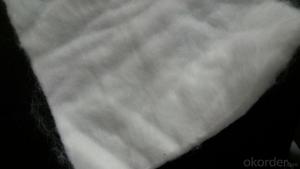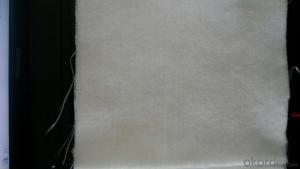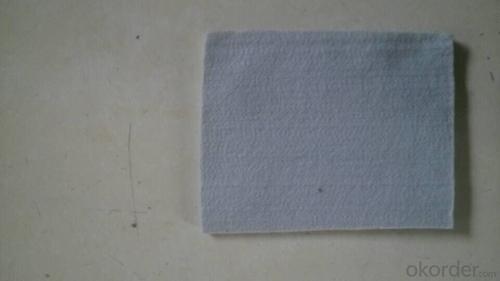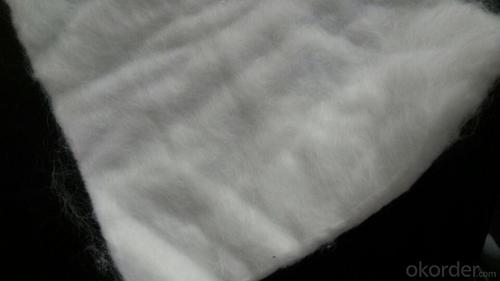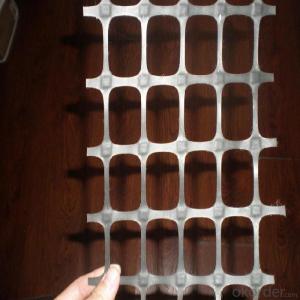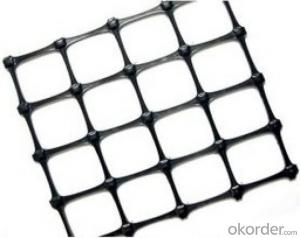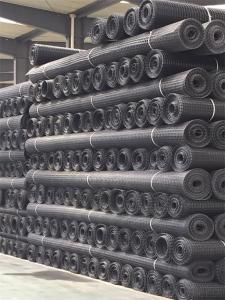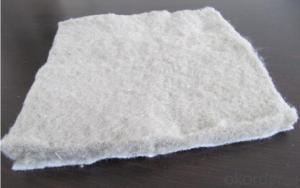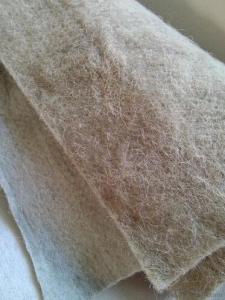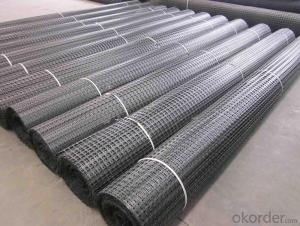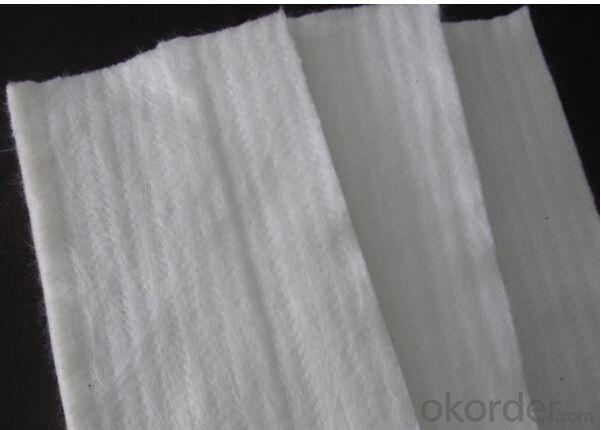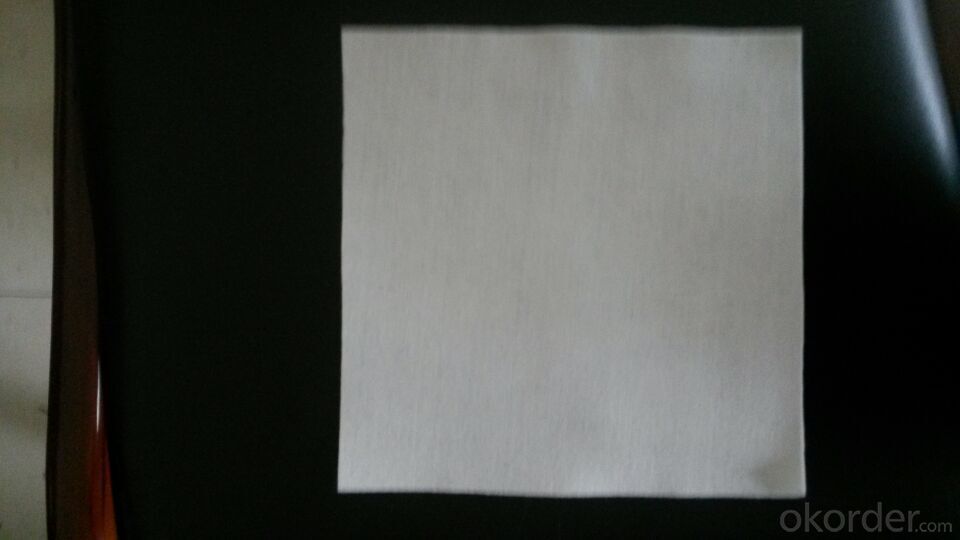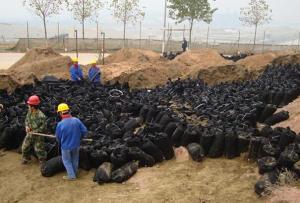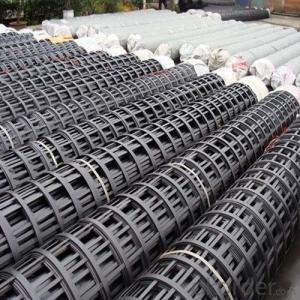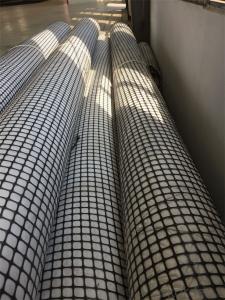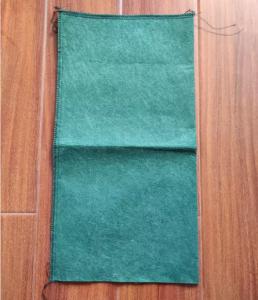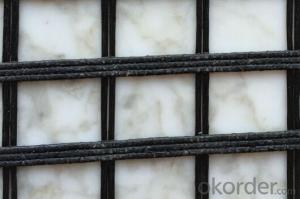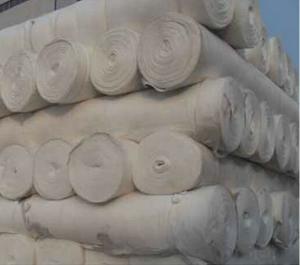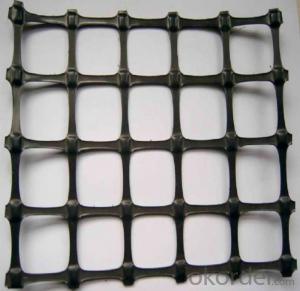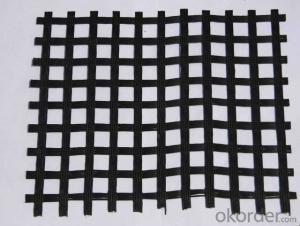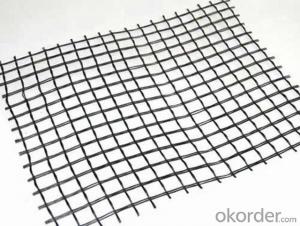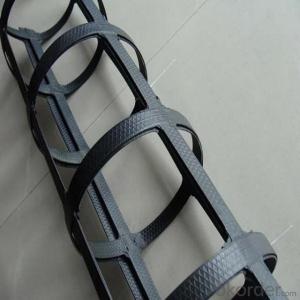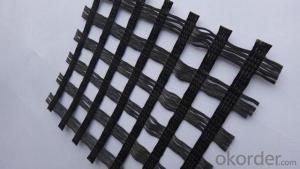Geogrids Manufactured High Strength Geotextile Bag Sand Bag Pet Quality
- Loading Port:
- Tianjin
- Payment Terms:
- TT OR LC
- Min Order Qty:
- 88 m²
- Supply Capability:
- 1900000 m²/month
OKorder Service Pledge
OKorder Financial Service
You Might Also Like
1.Structure of Short fiber Needle Punched Non woven Geotextile Description : Features of Short fiber Needle Punched Non woven Geotextile : ※ Geotextile has good water guide performance, which can form drainage channels inside the soil body, and remove excessive liquid and gas to the outside. Specification of Short fiber Needle Punched Non woven Geotextile : Width : From 1~ 8m Length: 50-100m as customer requests. Weight : 100gsm~ 1500gsm Color : black ,white , grey ,other colors are available |
Image of Short fiber Needle Punched Non woven Geotextile
|
Applications of NON-Woven Geotextile :
Non woven Geotextiles can be widely used in railways, highways, sports halls, ,garbage dump ,dams, hydraulic construction, tunnels, coastal beaches, land reclamation, environmental protection and other projects.
Packing of NON-Woven Geotextiles : Each roll is Packed with paper tube inside and wrapped into a plastic bag , then into containers .
FAQ of geosynthetics :
What is geosynthetics ?
Geosynthetics form a perfect erosion control fabric used extremely widely in civil engineering to stabilize and reinforce slopes and soil under or next to roads, railways, dams, water reservoirs etc.. They can be easily applied which minimizes the time of construction, as well as they limit the resources and materials necessary.
What kinds of geosynthetics we have ?
Non-woven geotextile, geogrids, geocells, GCL, Geomembranes, Geonets, Geocomposites etc .
What is the geosynthetics used for ?
Hydraulic
Lagooning and Water Treatment, Ornamental Ponds, Golf Courses
Aquaculture and Desalination,Water Lagoons,Tanks, Reservoirs, Liquid Waste,Floating Cover Solutions, Drainage and Filtration
Environment
Tailing ponds, Leach mining,Landfills,Landfill Capping,Protection against corrosion,Vertical Barriers
Civil Works
Erosion Control,Secondary Containment,Tunnels,Linear and Surface Works,Consolidation of Margins,Soil Reinforcement,Soil Separation.
Building - Parkings,Roofing,Soundproofing
- Q: How do geogrids improve the performance of mechanically stabilized slopes?
- Geogrids improve the performance of mechanically stabilized slopes by providing reinforcement and stability to the soil. They act as a reinforcement layer within the slope, distributing and transferring loads more effectively. This helps to prevent soil movement and sliding, reducing the risk of slope failure. Geogrids also enhance soil compaction, increase shear strength, and improve overall slope stability, making them an essential component in the construction of mechanically stabilized slopes.
- Q: Can geogrids be used in mining applications?
- Yes, geogrids can be used in mining applications. Geogrids are widely used in mining operations for various purposes such as soil stabilization, slope reinforcement, and erosion control. They provide structural support and enhance the stability of mining structures, including excavations, embankments, and retaining walls. Additionally, geogrids can help prevent soil erosion and improve the overall safety and efficiency of mining operations.
- Q: How are geogrids connected to the surrounding soil?
- Geogrids are connected to the surrounding soil through a process called interlocking. The geogrids have openings or apertures that allow the soil particles to pass through. As the soil is compacted and fills these apertures, it creates a mechanical bond between the geogrid and the soil. This connection enhances the stability and load-bearing capacity of the soil, preventing lateral movement and reinforcing the overall structure.
- Q: How do geogrids improve the stability of cut slopes?
- Geogrids improve the stability of cut slopes by reinforcing the soil and preventing erosion. When placed within the soil, geogrids provide tensile strength and distribute the forces acting on the slope, reducing the risk of slope failure. They also enhance the overall stability by increasing the shear strength of the soil, minimizing displacement and potential sliding. Additionally, geogrids help to control water infiltration, reducing pore pressure and preventing saturation, which can further compromise the stability of cut slopes.
- Q: What are the geotechnical testing items for Subgrade?
- Longitudinal and transverse tensile strength and elongation
- Q: The difference between two way steel plastic grille and one way steel plastic grille
- There difference
- Q: What is high strength geogrid
- High strength geogrid grille is actually refers to the large geogrid,
- Q: How do geogrids help with slope stabilization?
- Geogrids help with slope stabilization by providing tensile reinforcement to the soil, increasing its overall strength and stability. The geogrids are placed within the soil layers and act as a support system, preventing soil erosion and reducing the risk of slope failure or collapse.
- Q: What are the standards for geogrid testing and certification?
- The standards for geogrid testing and certification are outlined by various organizations such as ASTM International (American Society for Testing and Materials) and ISO (International Organization for Standardization). These standards cover a range of parameters including tensile strength, elongation, aperture size, junction strength, and durability. Testing methods and acceptance criteria are defined to ensure that geogrids meet the necessary performance requirements for their intended applications. Certification is typically granted by accredited third-party laboratories or certification bodies after successful compliance with these standards.
- Q: Is it the same thing as two way tgsg30-30 geogrid and two - way plastic geogrid
- "Bidirectional geogrid tgsg30-30" is a specification for biaxially oriented plastic geogrid in; "30-30" means: per meter of longitudinal and transverse tensile force is greater than the degree of 30KN/m.
Send your message to us
Geogrids Manufactured High Strength Geotextile Bag Sand Bag Pet Quality
- Loading Port:
- Tianjin
- Payment Terms:
- TT OR LC
- Min Order Qty:
- 88 m²
- Supply Capability:
- 1900000 m²/month
OKorder Service Pledge
OKorder Financial Service
Similar products
Hot products
Hot Searches
Related keywords

